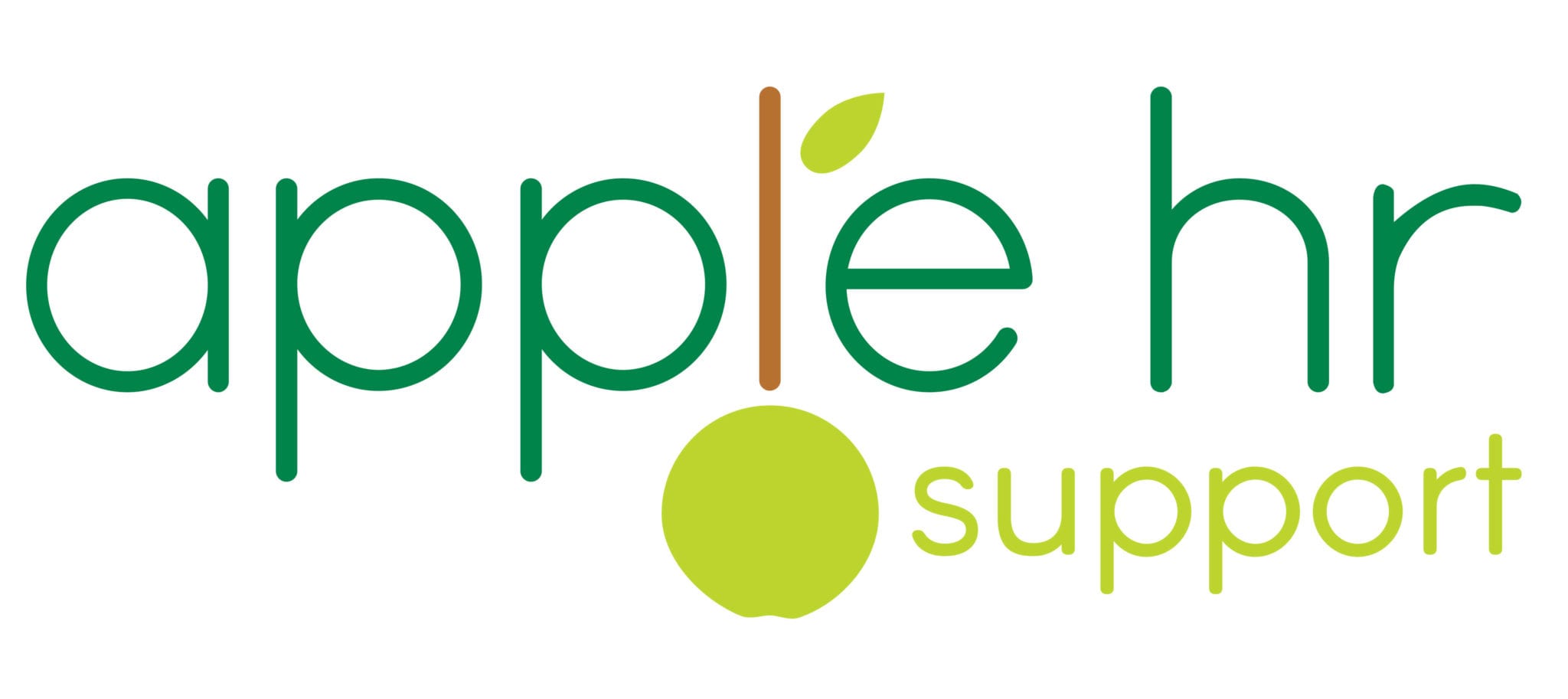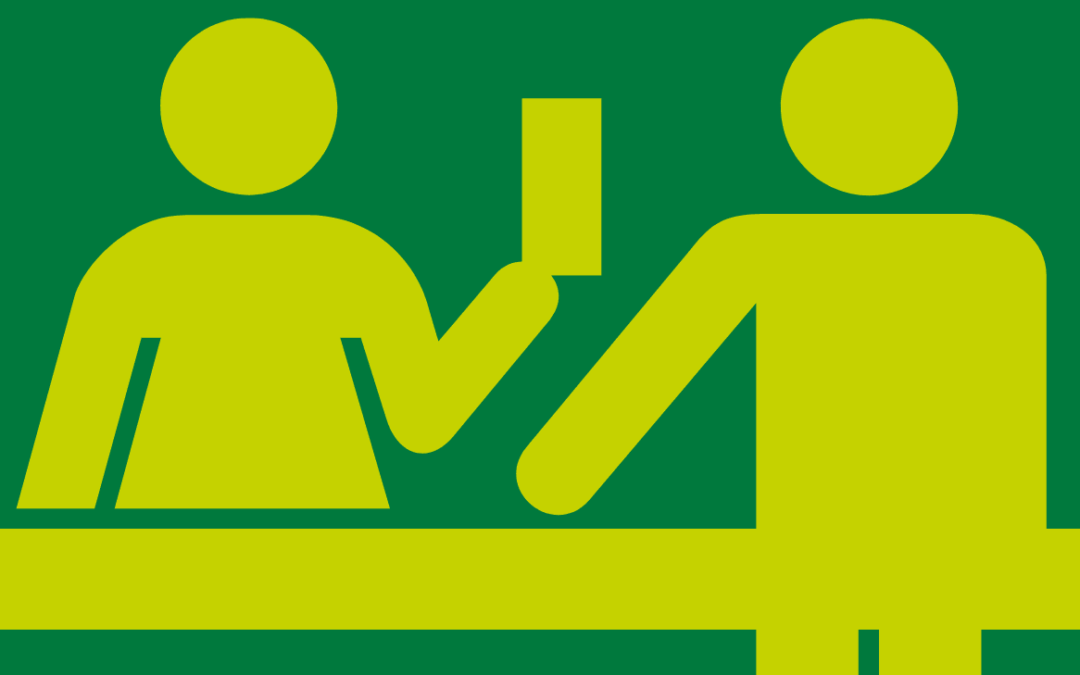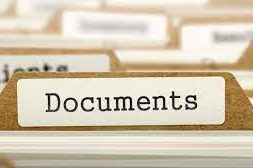Under section 15 of the Immigration, Asylum and Nationality Act 2006, an employer may be liable for a civil penalty if they employ someone who does not have the right to undertake the work in question.
The civil penalty for businesses that do not comply can be up to £20,000 per illegal worker they employ and/or a criminal sanction of an unlimited fine or imprisonment of five years. For this reason, it is incredibly important to get these checks right and ensure all your staff have the right to work in the job you require of them.
There is a complete guide to the combination of documents accepted and how to check them which can be found on the Government Website here. The correct document combinations depend on the potential employee themselves and whether their right is permanent or temporary.
These documents include:
- Passport
- Biometric Residence Permit
- National Identity Card
- Full Birth Certificate
- Certificate of Naturalisation
- Passport with valid Visa inside
It is the employer’s responsibility to check the validity of the documents presented and it is imperative that they are in possession of the original documents.
So how should these right to work checks be carried out?
There are three basic steps that ensure checks are performed correctly.
- Obtain – Obtain the original versions of one or more acceptable documents.
- Check – Check the document’s validity in the presence of the holder.
- Copy – Make and retain a clear copy and record the date the check was made.
Obtaining the documents should be straightforward if the applicant is willing to participate.
It is important to remember that the responsibility of checking the document is yours and therefore should be done in physical possession of the original version. It is not acceptable to check the documents over a video link or via a scanned or faxed copy and the check must be performed in the presence of the holder whether physically or via video link as long as you have the original version of the documents.
If you are given a false document, you will only be liable for a civil penalty if it is reasonably apparent that it is false.
In order to establish a statutory excuse, you are required only to conduct an examination of the document and to check against the holder of that document.
Manually Checking
The guidance is fairly understanding in regard to manual checking of documents. It says that a person who is untrained in the identification of false documents, examining it carefully, but briefly, and without the use of technological aids could reasonably be expected to realise that the document in question is not genuine.
With Technology
In addition to this, an employer could implement a document validation system to better protect them against false documents. There are several companies that offer this service to authenticate employee’s documentation ranging from mobile-phone software to specialised document scanners.
Whichever method is more appropriate for a business is up to the employer.
Employers must keep either a hardcopy or a scanned and unaltered copy of every document checked for the duration of the employment and for a further 2 years after employment. This way, the Government is able to check whether you have complied with the law if they find you have employed someone illegally.
If all of that felt like a bit of an earful but you are still interested in becoming compliant please feel free to contact info@applehr.co.uk for more information and advice.



